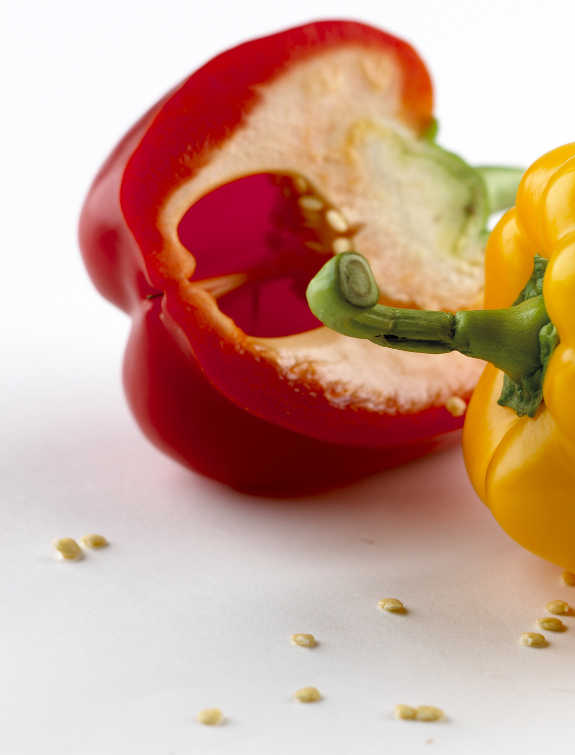Why find the cost of your recipes?
If you are cooking for your family or just yourself and you are trying to keep to a budget, knowing the cost of your recipes can be helpful. You may be surprised to find out the actual cost of certain recipes, and it could influence your shopping habits. For example, if a certain ingredient represents a significant cost in many of your recipes, finding a good deal on it would make a big impact on your overall grocery budget. On the other hand, getting a deal on an ingredient used seldom or sparingly would actually save little.
If you are trying to make a profit with your recipes then you have little choice but to calculate the cost of your recipes. The food industry is very competitive and you need to price low to get customers, yet high enough to make profit. Making sure you are getting paid enough for the food you are preparing is essential for the survival of your business. But so is being competitive in your pricing and also making sure you emphasize your menu items that have the largest profit margin.
To be able to do any of these, you will first need to know the cost of each of your recipes. But before you dive into calculating, what factors should you consider?

What factors to consider when calculating recipe cost!
Food cost is considered “Variable Costs” according to BCcampus OpenEd’s “The Basic Calculation of Operating Costs”, and needs to be calculated aside from overhead costs. There are multiple ways of finding the cost per serving. Some are simple divisions (i.e. purchased cheesecake cut into slices) while other methods include finding out the yield percentage (i.e. when peeling potatoes, onions, etc.) from the purchase amount to usable amount, and then there is the need for measurement conversion as well.
All these factors make an impact on the calculation and the actual cost of the recipe. And that is simply the cost of the ingredients, while labor costs and menu item popularity needs to be factored in as well as stated by OpenEd's statement in the menu engineering article.
There is a lot to include in your calculation, so how should you go about calculating the cost?

How to find the cost of your recipes!
Whether you use pen and paper, a spreadsheet or a computer program, your accuracy in finding the cost will vary with the limitation of each procedure.
Pen and paper is really only limited to your math skills. But it will also take the most amount of time, especially with food prices varying constantly.
We personally found spreadsheets functional and quick but usually limited in ability (missing features like yield percentage, measurement converters, purchase price history, updating multiple recipes, etc). Computer programs (or apps) will usually be much more capable in features, but there is a steeper learning curve to using them.
We hoped to address all these factors and needed features in our recipe cost calculator. CookKeepBook will store your ingredients and recipes and is able to factor in yield percentages, measurement conversions and purchase price history. We also gave special consideration to the work flow in our web app, making the learning curve as easy as possible. And we offer our recipe cost calculator free of charge.
You may wonder why we offer it for free, and our FAQ has an answer for you. Simply put, having such a tool can be invaluable for start-ups and for home. And since this is about saving money, charging a high rate would seem counter-productive. We offer a paid-for account, which has additional features that are business oriented, but these are not essential for home or start-up businesses.

